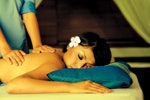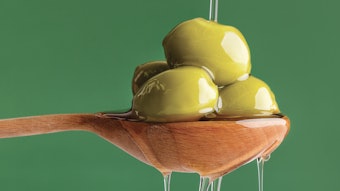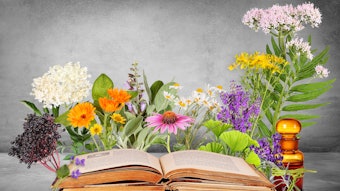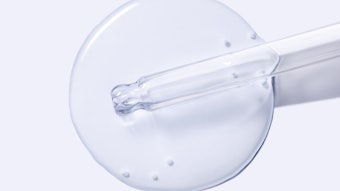
For quite some time, Asia has looked to the United States and Europe for statistics, research and development. Although the information is useful, it does not always translate well into Asian culture, and therefore much of the information is redundant. In the past
It has happened with the recognition of ancient wisdom in regard to indigenous products, ingredients, services and treatments. For example, between traditional Chinese medicine and ayurveda, there already are more than 5,000 years of continuous practice, and these two modalities have been integrated into Western wellness centers and spas from Frankfurt to Los Angeles.
Indigenous translations
There are many examples in Asia of indigenous wellness modalities that the spa community has translated and utilized into daily services, often signature treatments and packages that include services such as traditional Chinese medicine—herbal medicines translated into ingredients used in spa services; Tuina; acupressure; reflexology; acupuncture; moxibustion; guasa (bamboo cupping); and thermal waters.
In Japan, there is Zen shiatsu; onsen culture; green tea or sake baths; and hot thermal sand.
Laos is known for its herbal steam treatments and indigenous herbs such as holy basil and camphor bark.
The Tibetan people also have traditional medicines derived from indigenous plants.
Traditional Chinese Medicine (TCM) is based on the five elements: earth, fire, water, air and metal, whereas ayurveda is based on the three doshas, which are Vata, Pitta and Kapha, and relate to the body type or morphology.
Thai massage is almost a given in many spas, not only in Asia. Think of Thai massage as a type of facilitated yoga. The stretching is wonderful, and the oils never disappoint.

The region of Nusuntara runs all the way from Myanmar to the Malay Peninsula, and from Indonesia to the Philippines, yet is another vast area that has a multitude of magnificent treatments and indigenous ingredients.
Service standards
Expatriate and Western clientele may not be accustomed to certain styles of body therapies. This means certain flexibility is needed in the spa environment as well as sensitivity to clients’ needs. Not every guest enjoys the pummelling and the stretching, and in your spa it may be that the therapists have no formal qualification. Local and regional spa associations are actively working toward better standards of service, education and professionalism in their own chapters.
It’s always great to experience new cultures, each with its own cuisine, lifestyle, rituals and belief systems. What also is advantageous, particularly to destination resort spas, is that nature plays such an integral part of everyday life and spas may epitomize this with their ambiance and the indigenous products and services.
Embrace the culture of your country and provide a unique experience for your clients. Well-trained, informed staff—from therapists to receptionists to the food and beverage staff—all equate to the clients’ overall experience and the likely potential to revisit. Many people think that overseas visitors are one-time stays to destination resorts, but as people in Asia know, this is simply not true and the majority of guests will return having had an amazing spa experience, on top of a great holiday.










